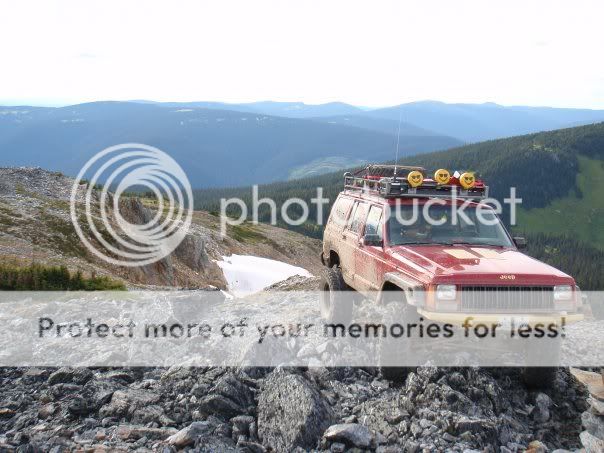I have thought about installing hood vents, but have 2 concerns.
1. How does the motor perform in winter conditions with hood vents?
2. Does anyone have problems with water puddling on intakes and electrical components in heavy rains? Is there a correct location for hood vents that would minimize this risk?
My brother has shimmed the hood and in some ways I view this as a better alternative. Thoughts?
Whats prompted the hood vent thoughts ??
A need ... or a desire for them.

The neeed for vents is generally because of a inefficient cooling system e.g.,
Running temp is too high for the vehicle tasking,
Fans arent moving enough air due to age or quality or incorrect CFM of replacements,
Poor engine bay flow characteristics from having lots of junk under the hood,
Front end changes causing underbody turbulence.
... and probably a heap of other techo stuff .....
Generally you
shouldn't have any moisture issues and those people fitting drip trays/covers are just
ensuring they dont ... which is a sensible idea.

What do you want/expect from the vents ?
IMHO - A shimmed hood is about the best bang for buck setup, in terms of results ..... for slow speed work. Fitting some insulation between the hinges improves the
venting result for higher speed use as well.
1/2" shims has proven adequate for me ... on a variety of vehicles.
Just gotta get used to the traffic accident look ....

A vent at the front is normally the "
best" vent .... as long as the loss of flow to the rear of engine bay isnt of a concern ... and it concerns me with the XJ .... but maybe not with a WRX subaru.
A vent at the central, rear section of the hood - in the high pressure zone - works fine/very well at very slow to slow speeds.
A vent at the rear sides of the hood works fine/very well at low
and high speeds.
The temps
generated by a 4.0l XJ engine/manifold can really be no different to that of a 4.0l TJ ..... The XJ hood gets stinking hot by comparison - because its almost resting on the tappet/valve cover ...
A cowl hood alleviates the XJ heat dissipation situation somewhat ... but doesnt provide a general purpose, all speed,
venting action as good as some other alternatives .... and imho, blocking the rear inlets and fitting vents something similiar to the ones in the link below ...... would probably work well and is what I would do - except I'm satisfied with the shimmed hinges.
Vent position suggestion -->
http://www.jeepforum.com/forum/f177/xj-trail-vents-cowl-hood-776348/#post7223483
Underhood hot spots info -->
http://www.oman4x4.com/hoodvents.htm
:cheers:




